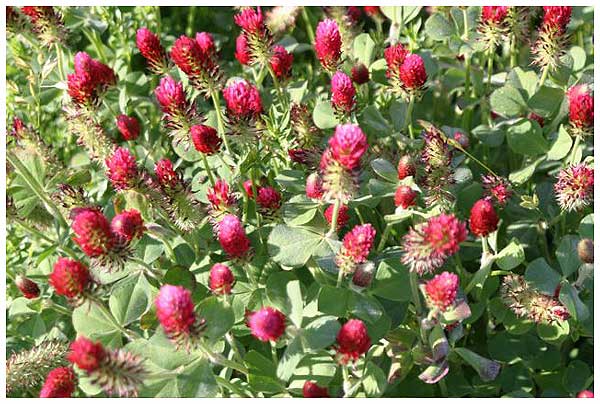whose seeds are the granary of the birds?
quote by Henry David Thoreau
 Many weeds actually do not harm your plants and have beneficial properties. It is worth looking into weed identification to gain a deeper appreciation of your garden's ecosystem.
Many weeds actually do not harm your plants and have beneficial properties. It is worth looking into weed identification to gain a deeper appreciation of your garden's ecosystem.chickweed - entire plant is used for medicinal, nutrition, and culinary purposes. Can be eaten in salads or blended into a healthful green drink.

purple nettle - some people harvest this to include in flower arrangements. Edible and medicinal, the leaves and upper plants are cooked or added to salads. The plant is very nutritious, high in iron, vitamins and fiber. The whole plant is used as an astringent, diaphoretic, diuretic, purgative, styptic and tonic. Purple nettle seed oil has high antioxidant activities, and might be used as a future food-additive. Some midwives consider Nettles a primary fertility promoter. Nettle is a rich plant source of folic acid, which enriches breast milk and is vital for fetal health.

goosegrass - valuable seed source for song birds. A warm season annual, develops in leafy tufts. A prolific seeder, in most cases, has three to seven fingerlike racemes on a single stem. Often, 15 to 20 stems are produced by a mature plant and as many as 50,000 seed can be produced by a single plant.


goosegrass - valuable seed source for song birds. A warm season annual, develops in leafy tufts. A prolific seeder, in most cases, has three to seven fingerlike racemes on a single stem. Often, 15 to 20 stems are produced by a mature plant and as many as 50,000 seed can be produced by a single plant.

dandelion - this "weed" has been used for centuries as a nutritious and medicinal plant. It has a deep, fleshy taproot - we pulled some out of the garden that were over a foot long and thicker than my pointer finger. Snows Bend Farm intentionally grows these plants to sell. The root and leaves have been used to treat heartburn, flatulence, bruises, chronic rheumatism, gout, and skin problems.
 red clover - contains nutrients such as calcium, chromium, magnesium, niacin, phosphorus, potassium, thiamine, and vitamin C. It is rich in isoflavones (chemicals that act like estrogens and are found in many plants) and has been used in traditional medicine to treat tumors, whooping cough, respiratory problems, and skin inflammations such as psoriasis and eczema. Red clover was thought to "purify" the blood by acting as a diuretic (helping the body get rid of excess fluid) and expectorant (helping clear lungs of mucous), improving circulation, and helping cleanse the liver.
red clover - contains nutrients such as calcium, chromium, magnesium, niacin, phosphorus, potassium, thiamine, and vitamin C. It is rich in isoflavones (chemicals that act like estrogens and are found in many plants) and has been used in traditional medicine to treat tumors, whooping cough, respiratory problems, and skin inflammations such as psoriasis and eczema. Red clover was thought to "purify" the blood by acting as a diuretic (helping the body get rid of excess fluid) and expectorant (helping clear lungs of mucous), improving circulation, and helping cleanse the liver.

 red clover - contains nutrients such as calcium, chromium, magnesium, niacin, phosphorus, potassium, thiamine, and vitamin C. It is rich in isoflavones (chemicals that act like estrogens and are found in many plants) and has been used in traditional medicine to treat tumors, whooping cough, respiratory problems, and skin inflammations such as psoriasis and eczema. Red clover was thought to "purify" the blood by acting as a diuretic (helping the body get rid of excess fluid) and expectorant (helping clear lungs of mucous), improving circulation, and helping cleanse the liver.
red clover - contains nutrients such as calcium, chromium, magnesium, niacin, phosphorus, potassium, thiamine, and vitamin C. It is rich in isoflavones (chemicals that act like estrogens and are found in many plants) and has been used in traditional medicine to treat tumors, whooping cough, respiratory problems, and skin inflammations such as psoriasis and eczema. Red clover was thought to "purify" the blood by acting as a diuretic (helping the body get rid of excess fluid) and expectorant (helping clear lungs of mucous), improving circulation, and helping cleanse the liver.

No comments:
Post a Comment